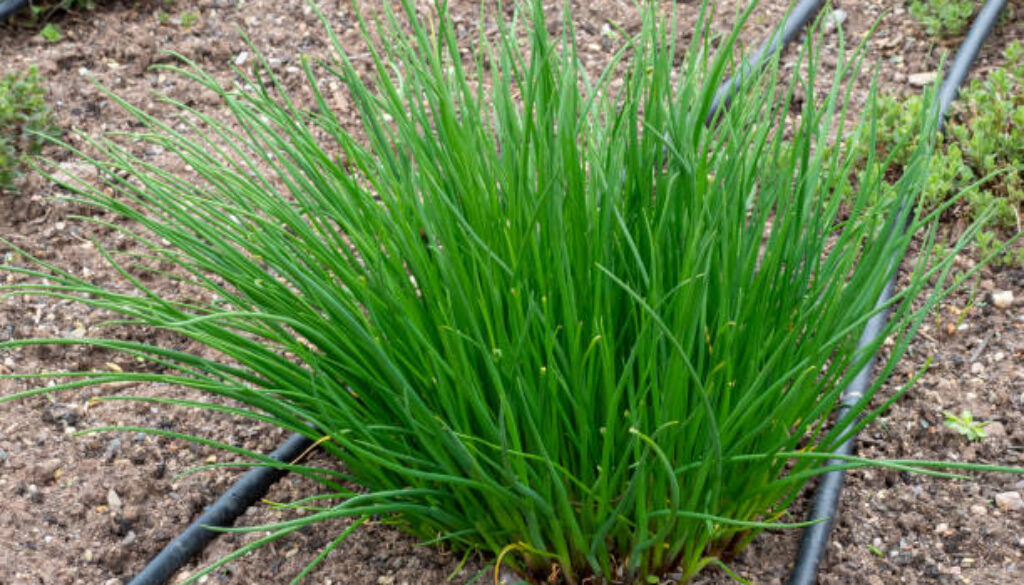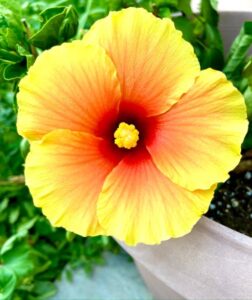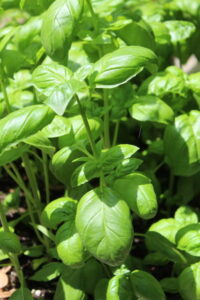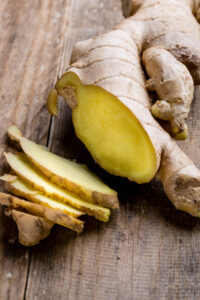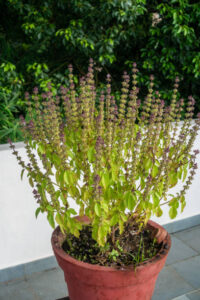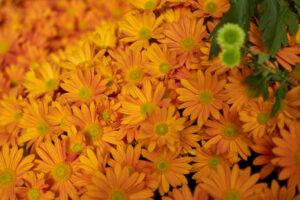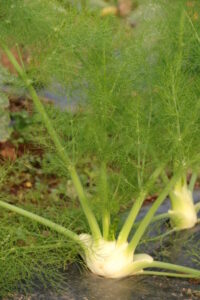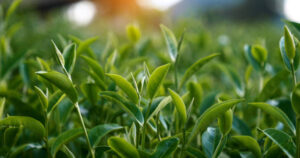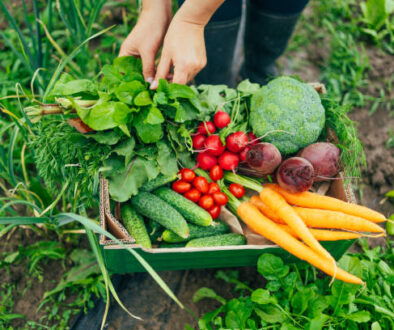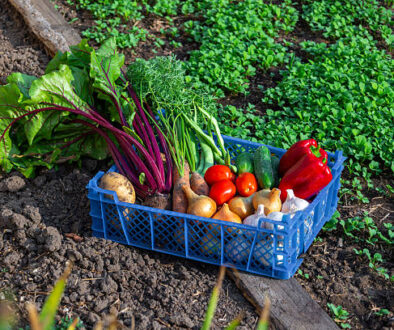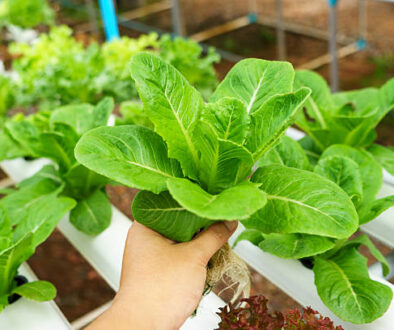15 Must-Have Medicinal Plants That Make the Perfect Herbal Tea Garden
Quick Disclaimer: This post may contain affiliate links, meaning if you purchase a product through my link, I may receive a small commission with no extra cost to you. Thanks for your support to my work! I only Recommend Products I Trust!
MoreWhether you’re dreaming of a peaceful corner for tea plant gardening or a vibrant space bursting with flower herbs, the right mix can turn your backyard into a mini wellness retreat.
Imagine stepping outside, snipping a few herbal tea plants, and brewing a cup in minutes. sounds perfect, right?
In this guide, I’ll share herb tips and the top herbs that belong in every tea plant’s garden so you can start growing, brewing, and enjoying your own healing teas right at home.
Related:
- 28 Essential Herbs You Should Plant In Your Apothecary Healing Garden
- How To Make a Medicinal Garden That’s Both Easy Care & Beautiful
- 12 Best Medicinal Herbs to Grow + Their Powerful Benefits
1. Chamomile – The Classic Calming Tea Plant
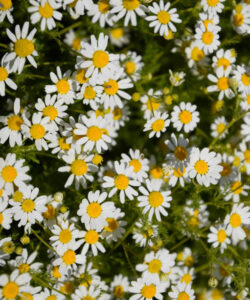
No tea plant garden is complete without chamomile.
Known for its gentle apple-like aroma, this little flower works wonders for relaxation and better sleep.
You can grow it easily in pots or directly in the soil, and it loves sunny spots.
Just pick the blooms, dry them, and you’re ready to steep a soothing cup.
Ever had one of those nights where your mind just won’t switch off? Chamomile is your answer.
2. Peppermint – Fresh and Invigorating
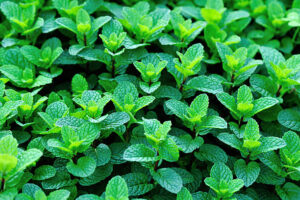
Peppermint is one of the top herbs for tea lovers because it’s refreshing, fragrant, and great for digestion.
It spreads quickly, so keep it in containers if you don’t want it taking over your homestead herb garden.
💡Quick Note: Learn How To Transform A Typical Money-Draining House Into A Tiny Profitable Off-The-Grid Homestead. Click Here To Get Started Now!
The leaves can be used fresh or dried, and the cool, crisp flavor makes it perfect for both hot and iced teas.
3. Lemon Balm – A Gentle Mood Booster
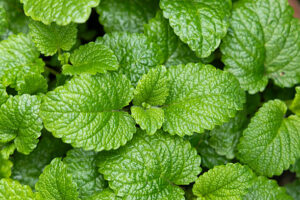
Lemon balm is a sweet-smelling member of the mint family that can lift your mood and ease stress.
It’s one of those herbs to heal your mind after a long, busy day.
Growing it is simple: plant in partial sun, water regularly, and trim often to keep it producing tender leaves for your tea.
4. Lavender – Relaxation in Every Sip
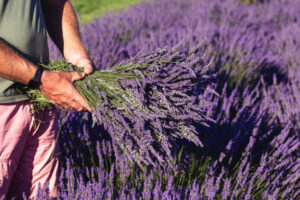
Lavender brings both beauty and health benefits to your tea plant gardening journey.
Those purple blooms aren’t just pretty; they can help you relax, improve sleep, and even reduce mild headaches.
Use the flowers sparingly in tea blends; they’re strong!
and combine them with flower herbs like chamomile for a calming brew.
5. Rosemary – A Tea for Focus and Energy
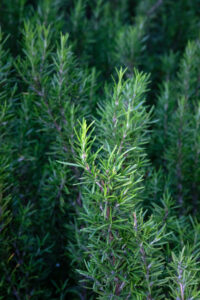
Most people think of rosemary for cooking, but it’s also a fantastic tea herb.
This evergreen plant boosts memory and focus, making it ideal for afternoon slumps.
It thrives in full sun and well-drained soil, making it a hardy addition to your plants’ medicinal list.
6. Echinacea – Immune System Support
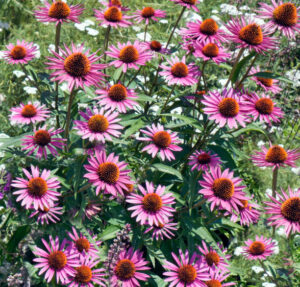
Echinacea is one of the herbs to heal your body from the inside out.
Famous for supporting the immune system, it’s a must-have during cold and flu season.
Grow it in sunny spots with well-drained soil, and harvest both flowers and roots for tea.
Plus, its daisy-like blooms make your tea plants garden even prettier.
7. Thyme – The Unexpected Tea Herb
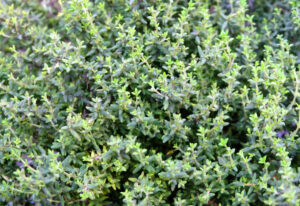
Thyme might surprise you as a tea ingredient, but it’s a powerhouse for respiratory health.
A warm thyme infusion can ease coughs and sore throats.
It’s drought-tolerant, low-maintenance, and perfect for a homestead herb garden that thrives with minimal care.
8. Sage – A Comforting, Earthy Bre.
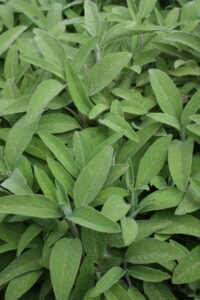
Sage tea has a rich, earthy taste and is packed with antioxidants.
It’s one of those herbal tea plants that supports digestion and soothes sore throats.
💡Quick Note: Don’t Dare to Miss this Kit! The Medicinal Garden Kit is a must-have for every gardener. Click Here to Access Now!
Plant sage in a sunny, dry area, and prune regularly to keep it healthy and productive.
9. Hibiscus – Tart, Vitamin-Packed Goodness
If you want to add some color to your tea plant gardening, hibiscus is perfect.
The bright red petals brew into a tangy, vitamin C–rich tea that’s refreshing hot or cold.
It grows best in warm climates but can also be grown indoors in pots.
10. Stevia – Natural Sweetener for Your Teas
Why add sugar when you can grow stevia?
This sweet leaf plant is perfect for balancing out bitter herbs to heal without adding calories.
It loves the sun and needs well-drained soil, making it easy to maintain alongside other herbal tea plants.
11. Ginger – Spicy and Warming
Fresh ginger root is a powerhouse for digestion and fighting inflammation.
While it’s not a traditional garden herb, it grows well in pots with rich soil.
Keep it moist, and in a few months, you’ll have fresh ginger for spicing up your tea blends.
12. Holy Basil (Tulsi) – The Stress Reliever
Tulsi, or holy basil, is treasured in Ayurvedic medicine for reducing stress and improving immunity.
It’s one of the most valuable medicinal plants for your tea plant garden.
Grow it in warm, sunny spots, and enjoy its slightly spicy, clove-like flavor in your tea.
13. Calendula – Gentle Healing for the Body
Calendula’s bright orange petals make it one of the prettiest flower herbs you can grow.
It’s known for soothing inflammation and supporting skin health.
Dry the petals and add them to your tea for both flavor and wellness benefits.
14. Fennel – Sweet and Soothing
Fennel seeds brew into a sweet, licorice-like tea that’s perfect for calming an upset stomach.
It thrives in full sun, and its feathery leaves add texture to your homestead herb garden.
Harvest the seeds once they turn brown for the best flavor.
15. Green Tea Camellia – The Antioxidant Giant
If you want to grow your own green tea, Camellia sinensis is the plant you need.
It’s one of the ultimate herbal tea plants for antioxidant benefits.
While it needs a bit more care, acidic soil, and regular pruning, it rewards you with fresh tea leaves right from your backyard.
Conclusion
Growing your own tea plants garden isn’t just about having fresh flavors; it’s about creating a personal wellness space right outside your door.
Whether you choose calming flower herbs, energizing top herbs, or immune-boosting herbs to heal, each plant brings something unique to your cup and your health.
Start small, follow these herb tips, and you’ll soon have a homestead herb garden that’s as beautiful as it is healing.
FAQs
- Can I grow these herbal tea plants indoors?
Yes! Many herbal tea plants like peppermint, lemon balm, and chamomile grow well in pots indoors as long as they get enough sunlight. - How do I dry my herbs for tea?
Pick them at their peak, bundle them, and hang them upside down in a dry, warm, and airy place. Once dry, store them in airtight containers. - Which plants are best for beginners?
Peppermint, chamomile, and lemon balm are the easiest tea plants gardening choices for beginners—they’re hardy and forgiving. - How long will it take before I can harvest my tea herbs?
Most herbal tea plants can be harvested within a few months of planting, though some, like green tea Camellia, take longer to mature.
